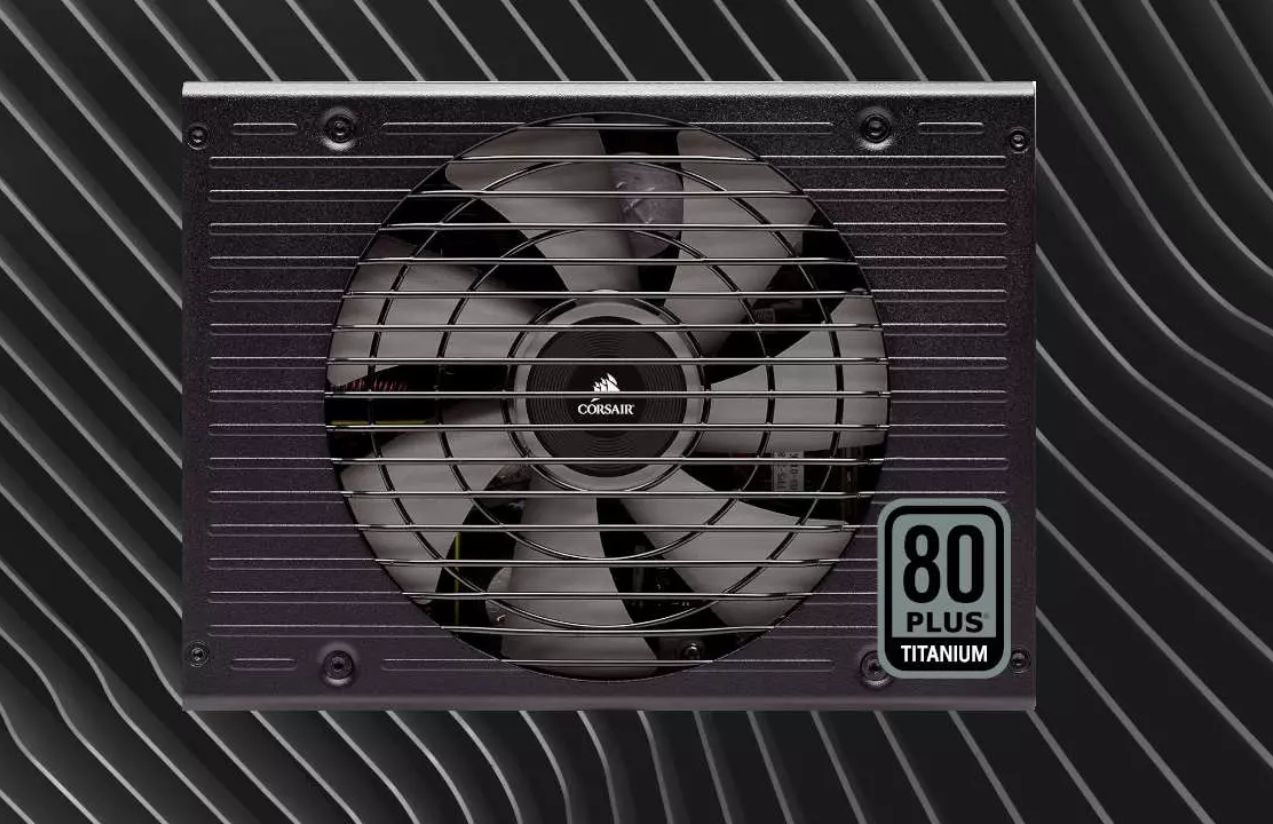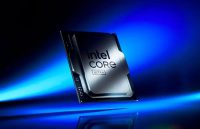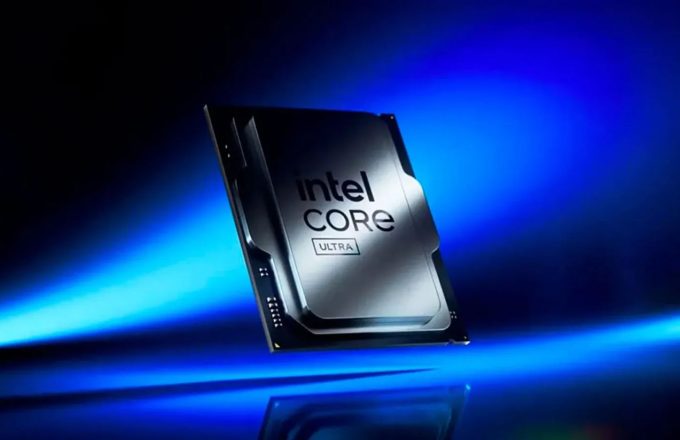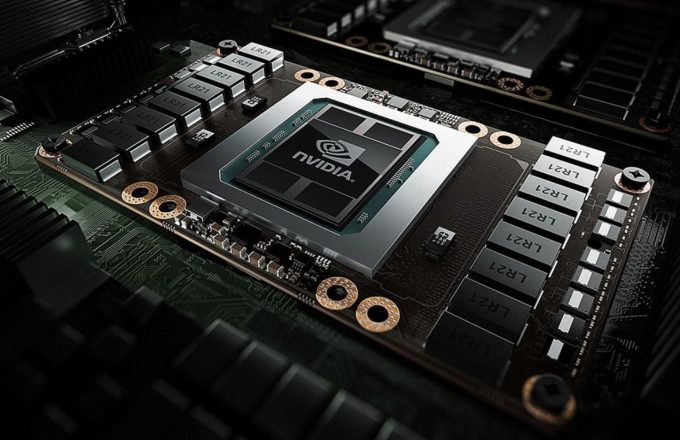Just like other hardware components, power supply units (PSUs) continue to evolve alongside advancing technology. Over time, they not only improve in design and performance but also in the standards that regulate how they function. Among these, energy efficiency certifications — such as the well-known 80 Plus — play a crucial role. Now, this seal is taking a major leap forward with the introduction of the 80 Plus Ruby standard, a certification that redefines how we assess PSU performance.
The tech industry is undergoing a significant transformation. The emergence of more demanding technologies has pushed manufacturers to revamp their products, adapting them to a landscape where energy consumption is a critical factor. In this context, we’re not only seeing product launches with significant performance improvements, but also a growing need for more precise standards that can accurately evaluate hardware efficiency.
Until now, certifications like 80 Plus and Cybenetics have served as useful indicators for identifying a PSU’s efficiency at a glance. However, the 80 Plus standard had a major limitation: it focused solely on measuring energy efficiency at different load levels, while overlooking other important electrical performance metrics.
The new 80 Plus Ruby standard aims to change that. Initially designed for enterprise environments and server power supplies, Ruby evaluates not just the efficiency at 5%, 10%, 20%, 50%, and 100% loads — but also introduces a new metric: power factor. This measures the relationship between real power and apparent power, offering a more comprehensive view of how a PSU behaves.
According to the Ruby specification, power supplies must achieve a minimum efficiency of 90% and 91% at 5% and 10% loads respectively, with a power factor of at least 0.90. At higher loads — 20%, 50%, and 100% — the requirements become even stricter: 95%, 96.5%, and 92% efficiency, with a minimum power factor of 0.96.
Although this certification is currently limited to professional and server-grade units, its introduction paves the way for future adoption in the consumer market. Bringing this kind of standard to desktop PC power supplies would not only ensure higher performance but also give users a clearer understanding of what their PSU can truly deliver. It’s a logical and much-needed step forward for an industry that’s increasingly performance-driven and energy-conscious.




















